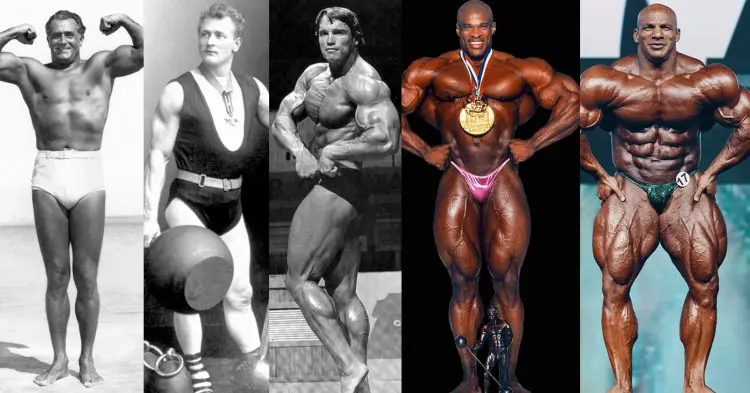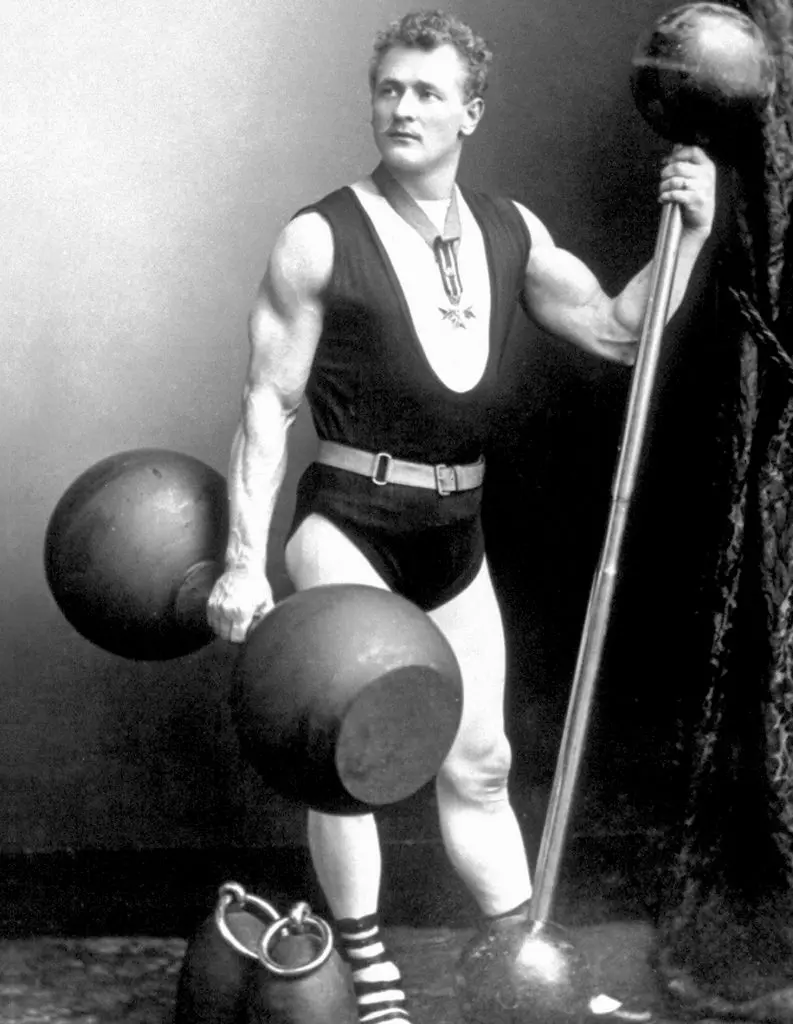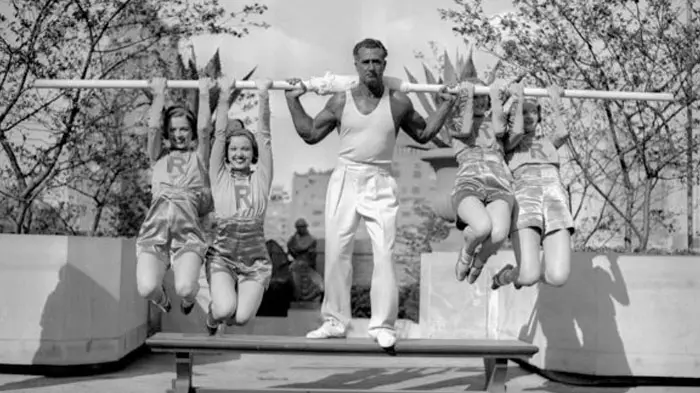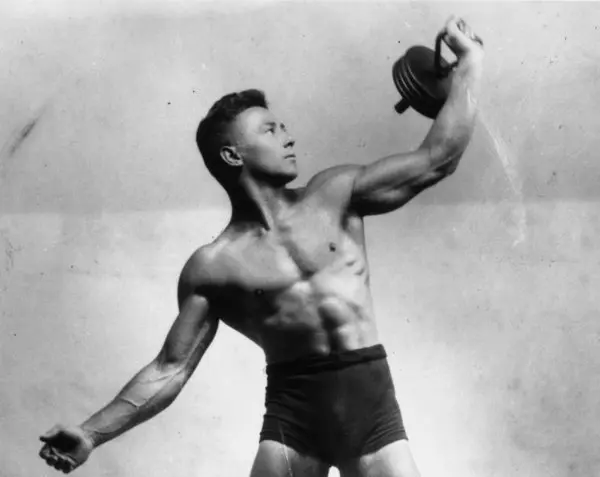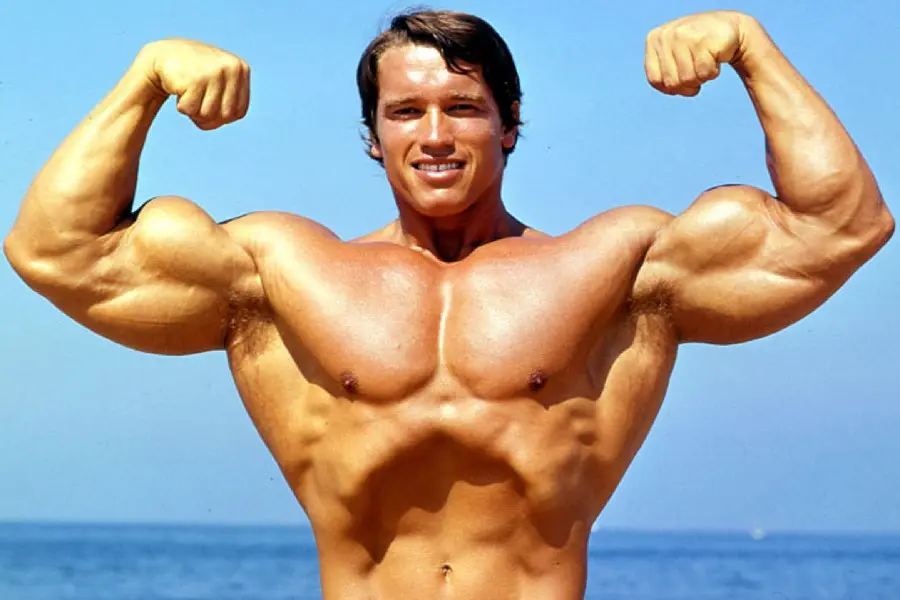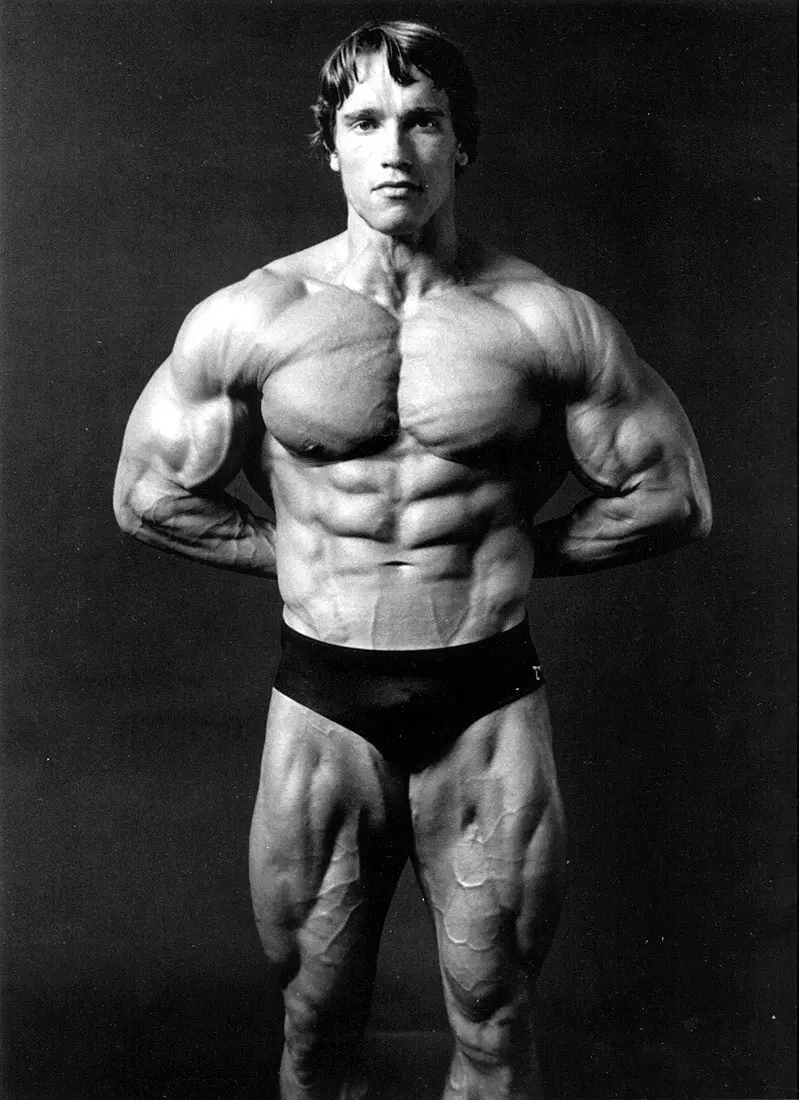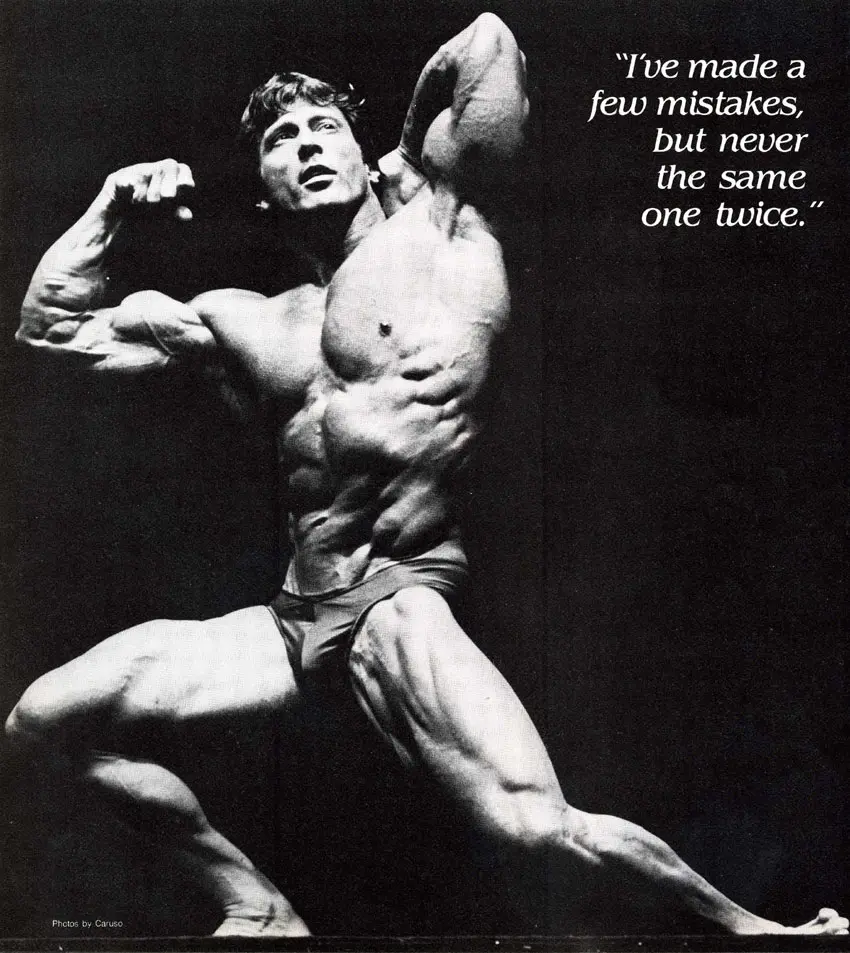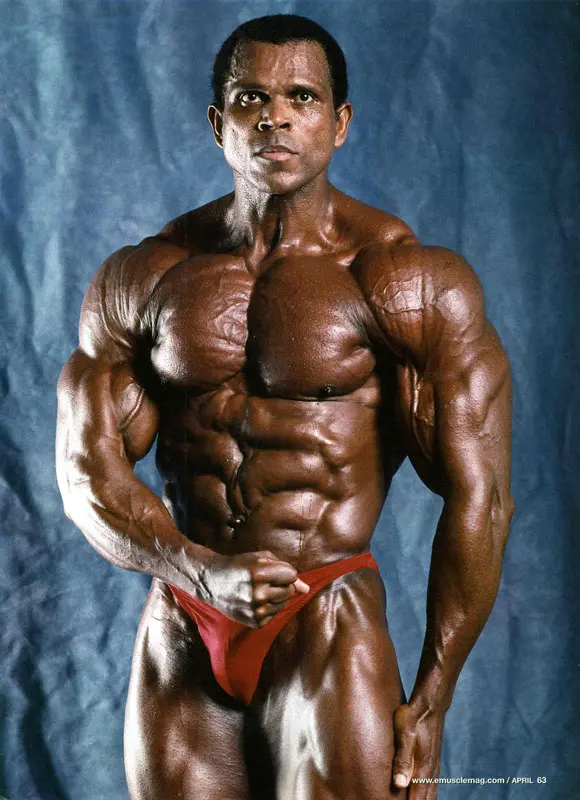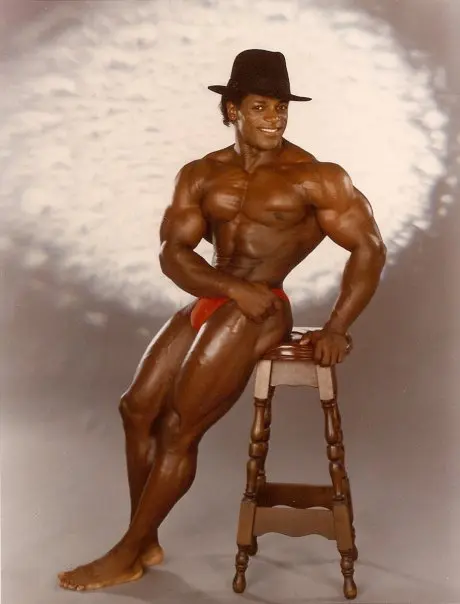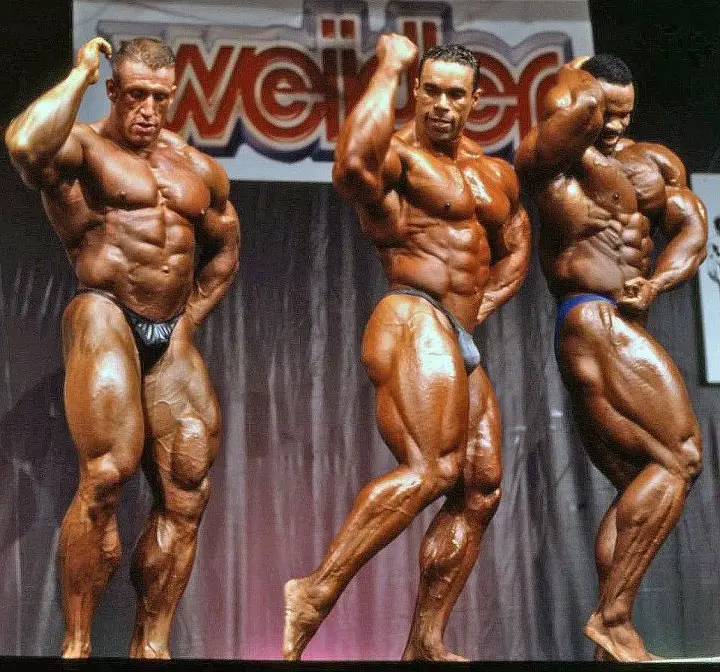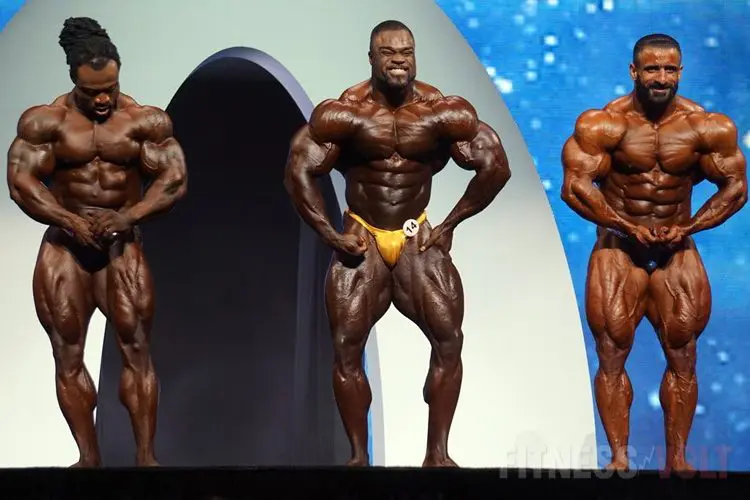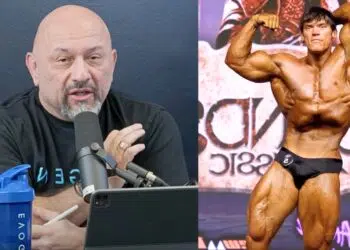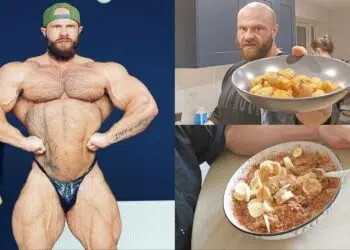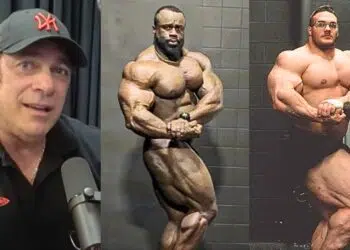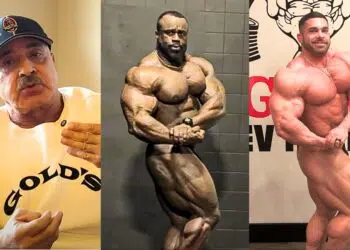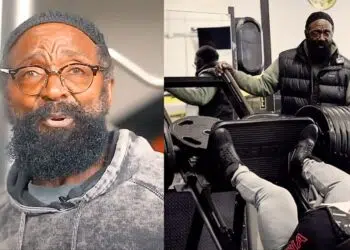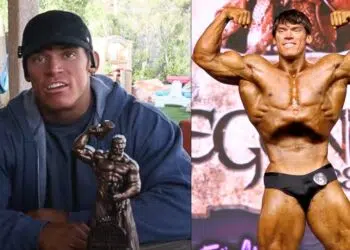Throughout our history, one thing has been more certain than almost anything; that is… change. Nothing is constant and as time progresses, so do we as a society, which is evident by how we’ve advanced in many areas… (David Attenborough voice).
A good example of this is the sport of bodybuilding and how it has evolved over the years…. largely due to advancements in sports technology and knowledge…
The Father of Modern Bodybuilding Eugen Sandow was believed to have organized the first-ever bodybuilding competition in 1901. And now here we are well over 100 years later and the physical development of athletes nowadays is quite the spectacle!
Let’s talk about how bodybuilding has changed from the early 1900s to now…
1880s – Early 1900s: Eugen Sandow
If you’re a bodybuilding fan then you’ve heard of Eugen Sandow. In fact, the trophy awarded to the winner of the prestigious Mr. Olympia competition is named after this bodybuilding and Strongman icon (Sandow trophy).
Level Up Your Fitness: Join our 💪 strong community in Fitness Volt Newsletter. Get daily inspiration, expert-backed workouts, nutrition tips, the latest in strength sports, and the support you need to reach your goals. Subscribe for free!
This is very significant and the reason why we’ve started off this article with Sandow. Not to mention, he did make bodybuilding/competing a thing around the 19th century,
The name Eugen Sandow was actually his circus name as he was born Friedrich Wilhelm Muller in 1867. He was a showman, bodybuilder, model, entrepreneur and so much more.
Sandow was believed to have organized the first major bodybuilding contest at England’s Royal Albert Hall in 1901 called the “Great Competition”. This is where a bronze sculpted trophy of him was awarded to the winner and today, winners of the Olympia are given a replica. It’s the biggest award a competitor can receive.
Sandow developed a very impressive physique even for today’s standards and actually helped to develop the Grecian Ideal as the formula for the desirable physique.
Sandow passed away in 1925 but the impact he had is still very relevant in bodybuilding today.
There’s no doubt Sandow paved the way for the legendary bodybuilders that would come along following his peak years, and he cemented his legacy forever.
Related: Try This Legendary Eugen Sandow Workout Inspired By The Father Of Modern Bodybuilding
Charles Atlas
Speaking of men inspired by Sandow, it would be a sin to leave out the man who made it possible for us to use the term “97-pound weakling”… Charles Atlas.
Born Angelo Siciliano, the Italian-born bodybuilder was given the famed name in his new home of New York USA, after a friend told him he resembled Atlas from Greek mythology.
Well, he loved the name for himself so much that he legally changed his name to what we know him by today. This was also to have a more American-sounding name.
Atlas wasn’t satisfied with conventional methods of resistance training and was more intrigued by what Strongmen athletes were doing to build their physiques.
He’d often visit shows in Coney Island to pick the brains of competitors and eventually acquired the rights to a training system called “dynamic tension”.
Related: Build Muscle and Strength with Dynamic Tension
This method was used by many famous elite athletes.
But perhaps what Atlas was most famous for was his iconic ad campaign where the “97-pound weakling,” had sand kicked in his face by a bully at the beach. Then he’d become a muscly superhero and get his revenge and is recognized as the hero.
It was featured in many print advertisements and comic books.
First Olympia Champion in 1965: Larry Scott
Larry Scott is most famously known as the man who won the inaugural Mr. Olympia competition in 1965, which he did again in 1966 before retiring undefeated. Although he’d come back in 1979 it was clear he couldn’t keep up with the new competitors.
The Idaho native was very thin as a teen, weighing just 120 lbs at 17. This made it hard for him to make gains but through consistent training, he bulked up his physique to 171 lbs.
In the 60s, Scott joined up with famous bodybuilding guru and coach Vince Gironda who helped him to improve his physique and win Mr. America and Mr. Universe among other shows before winning the biggest title in bodybuilding a few years later.
Although short in stature, Scott was an impressive specimen and most known for his incredible arm and shoulder genetics. There are even exercises modeled after his techniques which are named accordingly. Scott and Gironda popularized the preacher curl exercise; of which a variation is also called the Scott curl.
Read: The Life And Legacy Of Larry Scott
The year after Scott won his last Olympia, we began to see bodybuilders getting larger and larger (with the exception of Frank Zane), evident by the crazy physique of “The Myth” Sergio Oliva, who’d win the 1967 Olympia contest. He’s known to have some of the best genetics in bodybuilding history, with incredible arm size and development.
Oliva managed to win the Olympia three consecutive years until he was dethroned by none other than “The Oak” Arnold Schwarzenegger. Although he did defeat the latter the year prior.
Late 1960s – 1980s: Arnold Schwarzenegger and Frank Zane
Anyone who knows anything about bodybuilding knows how big of an impact Arnold Schwarzenegger had on bodybuilding. He was and still is, a larger than life individual who has cemented his name as arguably the most iconic figure in fitness and bodybuilding.
Schwarzenegger won Mr. Olympia seven times (tied with Phil Heath for second-most wins in history) and went on to have the most illustrious career out of any competitor ever. He’s starred in major movies, served as Governor of California, and has his own massive yearly sports festival to name a few of his achievements.
Schwarzenegger really needs no introduction!
We also wanted to mention Frank Zane who went on a three-year reign (1977-1979) as Olympia champion after Schwarzenegger retired. Zane was not a mass monster like many of the other competitors although he was still heavily muscled.
But Zane was an important champion in history because he brought a very aesthetic, symmetrical physique that was very appealing and Greek statue-like.
Unfortunately, he’d come in third the next year, losing to Schwarzenegger who came back one last time to win the Olympia title before he truly retired.
There were a few champions in between such as Franco Columbo, Chris Dickerson, and Samir Bannout.
We also can’t forget to mention the iconic physique of Serge Nubret who also competed around that time. The Black Prince Robby Robinson and Tony Pearson were notable bodybuilders from that era.
It’s very arguable that this time frame saw the most aesthetically pleasing physiques, although this is very subjective.
Level Up Your Fitness: Join our 💪 strong community in Fitness Volt Newsletter. Get daily inspiration, expert-backed workouts, nutrition tips, the latest in strength sports, and the support you need to reach your goals. Subscribe for free!
Mid-1980s – Late 1990s: Lee Haney and Dorian Yates
Lee Haney is a very underrated legend and undeservingly so. Although he was freaky, he wasn’t as much of a freak of nature compared to many bodybuilders in history but he was very complete and consistent with his symmetry and conditioning, which allowed him to score a record eight Olympia wins (tied with Ronnie Coleman for most wins ever) from 1984-1991.
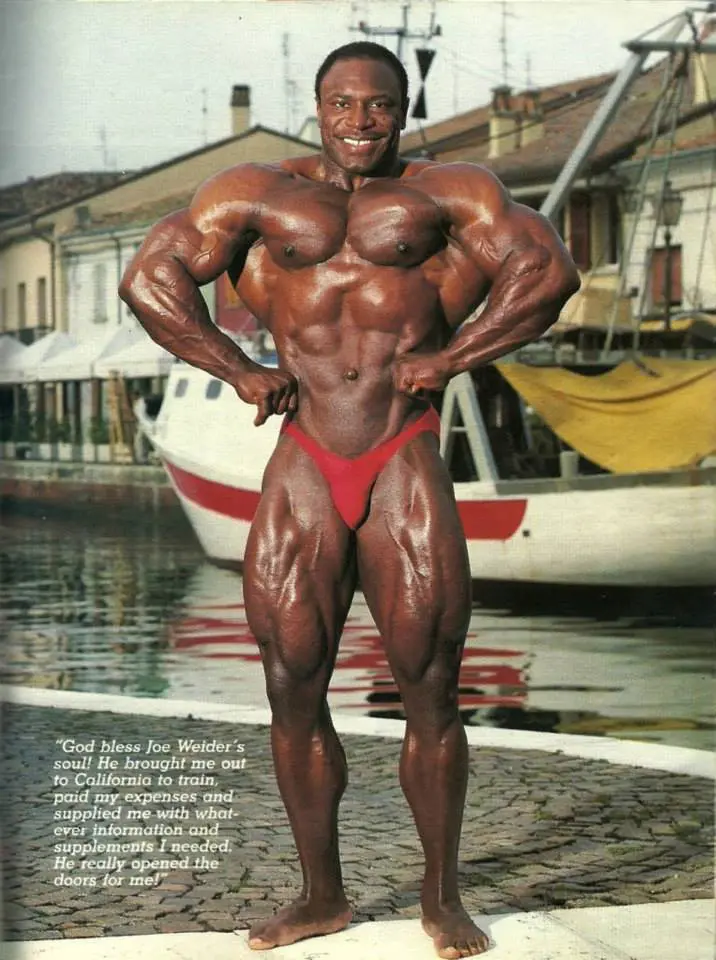
Haney retired as the undefeated Mr. Olympia champion and along came a new era of mass monsters with Dorian Yates (finished second to Haney in 1991) leading the way. Yates was a specimen that, upon reaching his best shape, was like nothing anyone had seen and the caliber of opponents that he was able to beat for six straight years at Mr. Olympia is a bit mind-boggling to be quite honest.
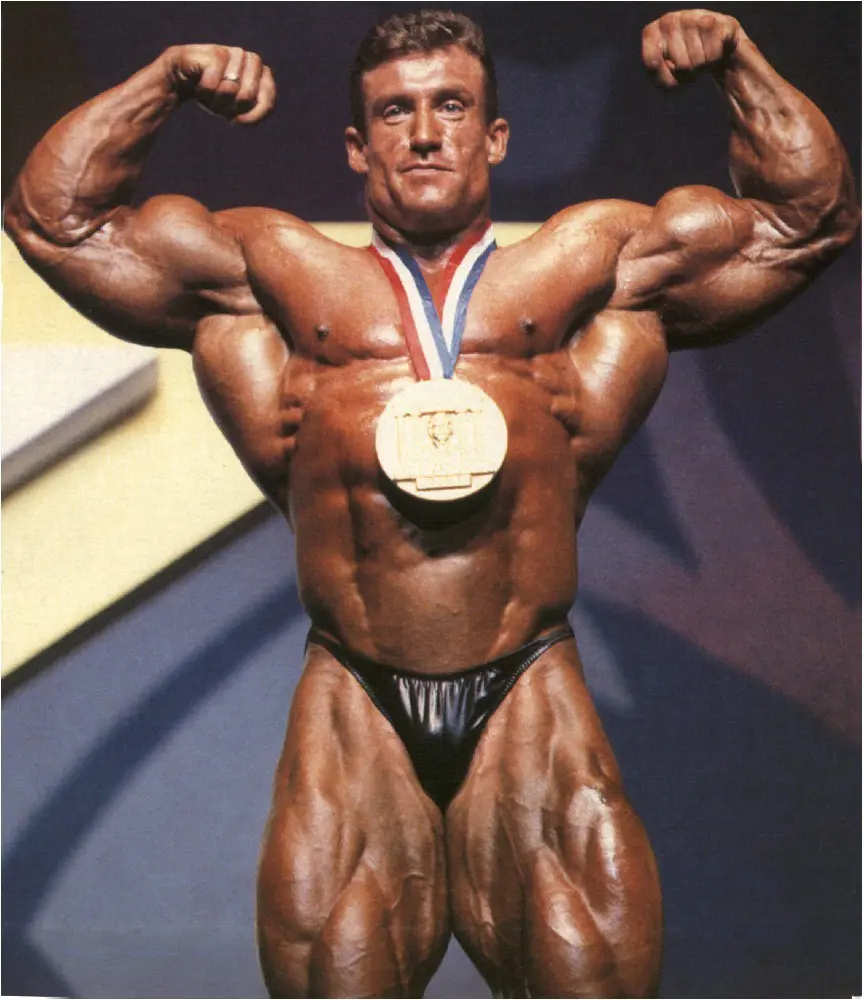
We’re talking about the likes of Shawn Ray, Flex Wheeler, Kevin Levrone, Vince Taylor, Chris Cormier, Nasser El Sonbaty, Lee Priest, Paul Dillet, and Ronnie Coleman to name the most notable competitors.
It was a combination of his mass, conditioning, proportions, glutes, calves, legs, and back that made him a killer during this period of time and it was a lost battle for the other legends he competed against. His win streak lasted from 1992 to his retirement in 1997 and then “The King” Ronnie Coleman rocked the bodybuilding stage.
The English native is still very alive and well and involved in the industry but he was huge for the progression of the sport.
Flex Wheeler was called “The Sultan of Symmetry” because of how unreal he looked. There was definitely something very unique about his physique that made him stand out. Not to mention, he was the runner-up a few times to Ronnie Coleman.
Wheeler is a good example of a bodybuilder who had to adapt and put on more mass to compete in the Open division, especially if he would stand a chance against Coleman.
Ronnie “The King” Coleman
Like Arnold Schwarzenegger, Ronnie Coleman needs no introduction. He’s an eight-time Mr. Olympia champion (tied with Lee Haney for most wins in history) and arguably the greatest to ever do it.
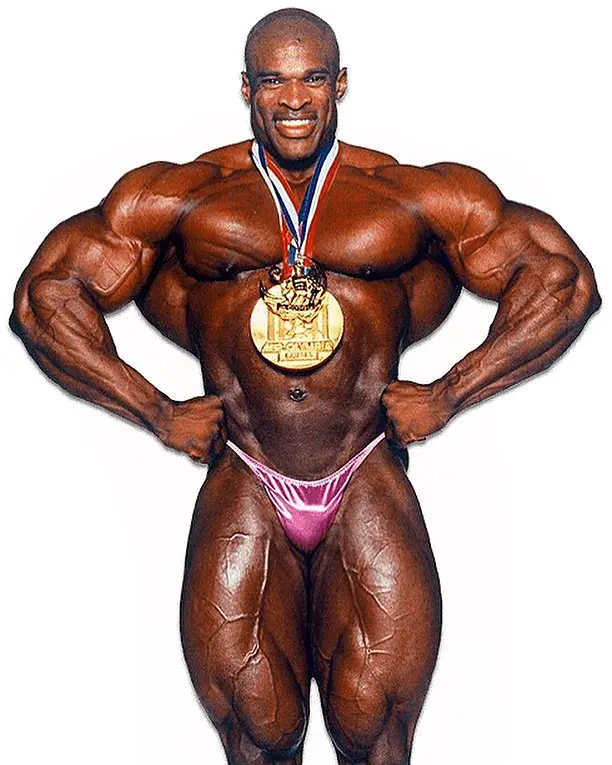
There was and still is, no one that could match the overall package Ronnie Coleman brought to the stage. He was the freak of freaks and would leave everyone in awe due to his unparalleled freak factor, mass, proportions, completeness, vascularity, and the list can go on.
Coleman was a powerlifter before he hopped onto the bodybuilding scene and is one of the strongest bodybuilders in history. This helped him to train like the beast he was and is famously known for saying things like “light weight baby” and “nothing but a peanut,” before he’d lift heavy weight.
The Louisiana native also held the record for most wins at 26 before Dexter Jackson surpassed this number.
Coleman was defeated by the eventual 4x Mr. Olympia Jay Cutler during his ninth attempt at the Sandow. But that takes nothing away from what he gave to the sport.
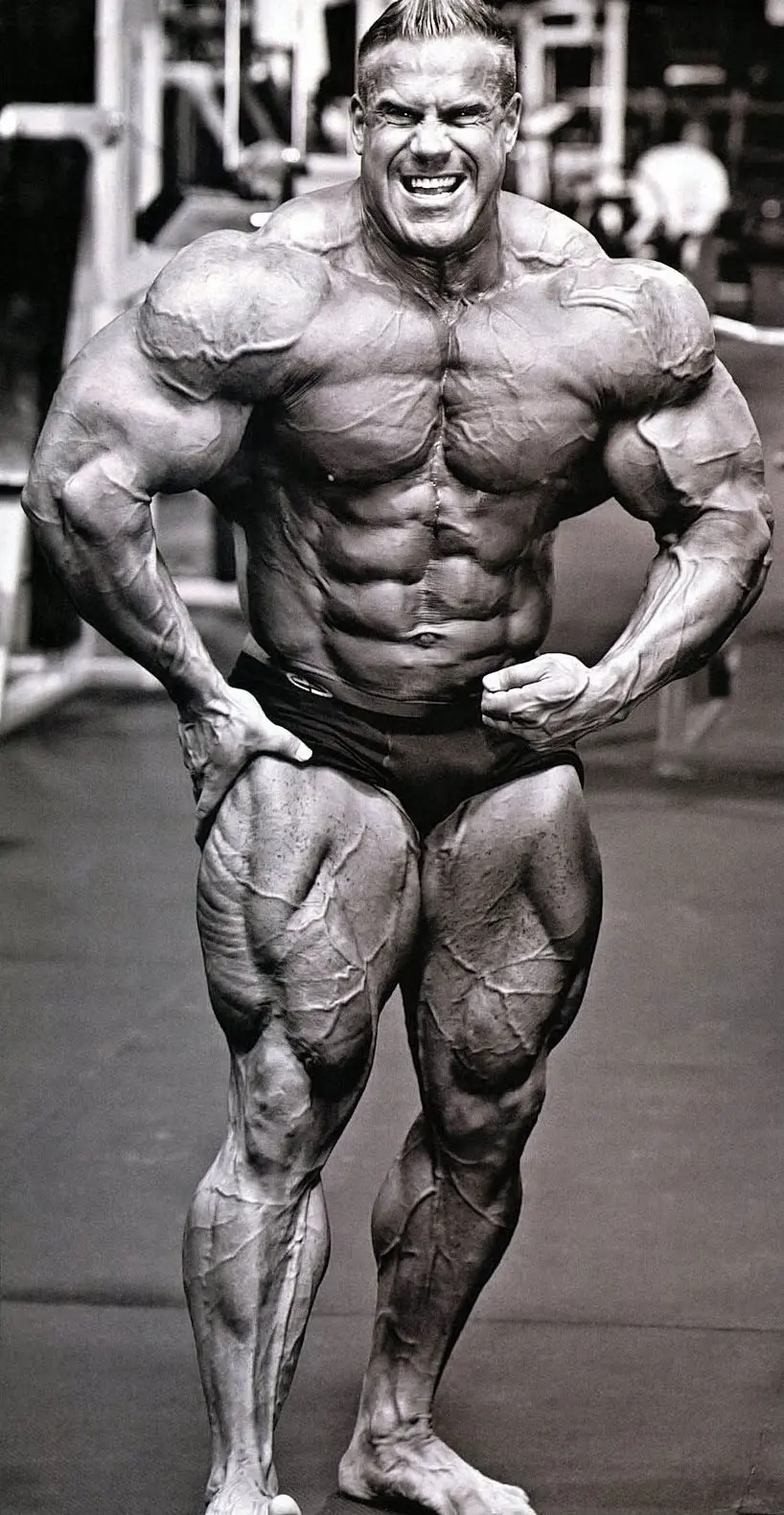
Unfortunately, Coleman has suffered a lot since his competitive days, needing to have multiple back/spine surgeries and having to use a wheelchair. But he hasn’t let it get him down as he still trains and is still very engaged with the fitness and bodybuilding community.
Jay Cutler
But back to Cutler who fought for many years to earn four Sandows; in fact, he won the Arnold Classic three consecutive years (2002-2004) and was the runner-up to Coleman four times before overcoming the legend in 2006… a true example of someone who worked their butt off and never gave up.
He did lose the title in 2008 to the winningest legend of them all Dexter Jackson but reclaimed it the following year in what many believe to have been his best look and one of the best physiques to ever step on stage.
In fact, many of his iconic photos were from the 2009 Mr. Olympia.
Cutler was a mass monster and had width like no other. He also had conditioning for being a hulk and this allowed him to beat Coleman because he was able to play the game, and very well.
Cutler had little to no weaknesses and although many compared him to a fridge (he was one aesthetic fridge) likely because of his wider waist, his hulking size and body type allowed him to hide any potential weak points and win four times.
“The Gift” Phil Heath
You probably guessed who’s next based on the nickname. Phil Heath is very deserving of it due to having a genetic gift that we haven’t seen before. The 7x Mr. Olympia champion has the fullest and most 3D-like muscles we’ve ever seen.
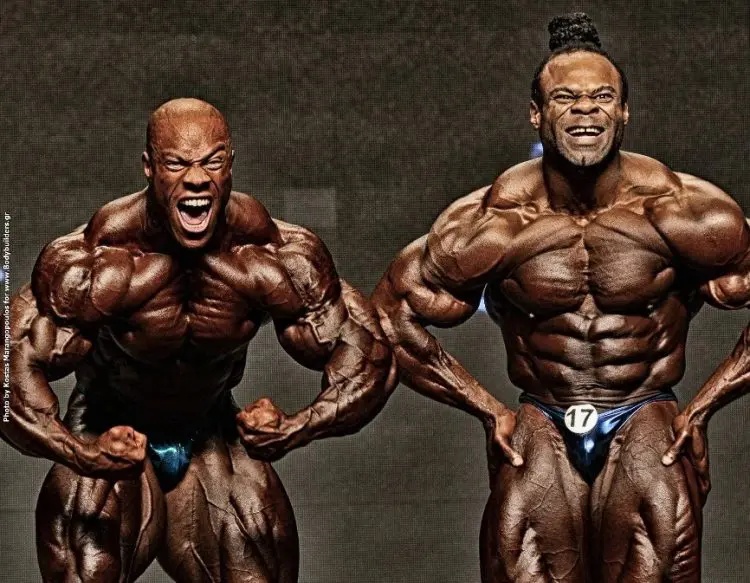
Genetically, he’s probably the most complete out of anyone ever (that’s why he’s the gift) as he really had no weak points, although, a few common criticisms were his narrower clavicles and abs shape. But that didn’t stop him from leaving the audience in sheer awe every time he walked out onto the Olympia stage.
He ended up defeating Jay Cutler, who was looking for his fifth title in 2011 but it was clear that there was a new champ in town and he was there to stay.
Heath had some great rivalries, especially between him and Kai Greene but after three tries, it was clear that Heath was in a league of his own. But all good things eventually come to an end.
Related: Top 5 Bodybuilders With The Best Genetics Ever
The End of Phil Heath’s Reign As Mr. Olympia
At the 2018 Olympia, Phil Heath was dethroned by Shawn Rhoden who was nothing like the “Gift” and many argued Heath should have won that show too, if not for the stomach issue. However, it seemed the judges wanted a different look and Rhoden definitely had it.
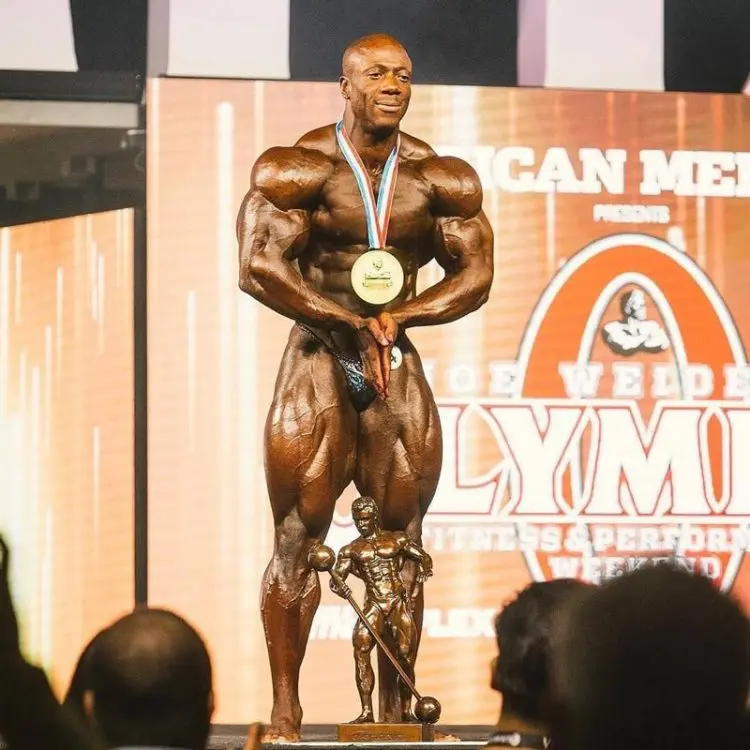
Rhoden doesn’t have the incredible genetics as does Heath (certainly good enough though) but what he did have was a complete, conditioned physique with a classic waist and one of the most impressive midsections you’ll ever see.
But there were allegations against Rhoden during his time as Mr. Olympia which was very unfortunate for his legacy. There is a chance he could still compete again but it’s uncertain.
Vacant Mr. Olympia Title
Because Rhoden did not compete in 2019, the Sandow was up for grabs. Not to mention, Phil Heath and top contender Big Ramy sat out this year too. So, left were Brandon Curry, William Bonac, Hadi Choopan, Dexter Jackson, and other top competitors.
Well, Curry did walk away with his first Mr. Olympia title but it was a very controversial contest due to the evident lack of Olympia-caliber conditioning in the lineup. Curry won the Arnold Classic earlier in the year so he was the favorite and did enough to get the win.
But there was a lot of criticism about his showing.
Big Ramy Finally Wins The Mr. Olympia
With Phil Heath announcing his comeback to the 2020 Mr. Olympia, it was natural to think that he’d snag his eighth title after having taken the year off in 2019. After all, he has been the most consistent over the past several years.
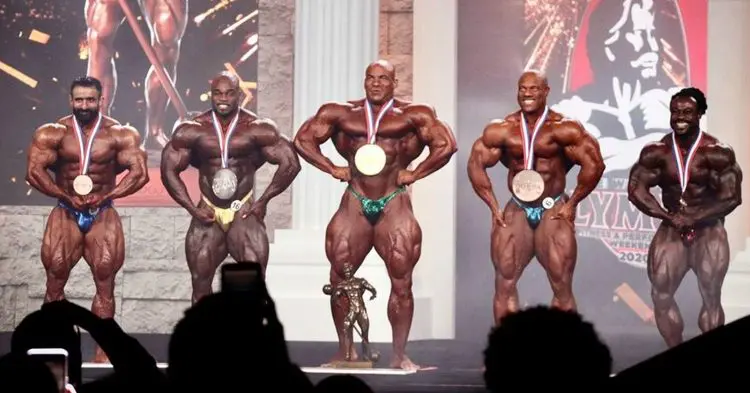
Then Big Ramy was given a special invitation to compete in 2020 after having been diagnosed with Covid-19. So now things were getting serious as Ramy had placed second to Heath in 2017 but fell to 6th in 2018 before also sitting out 2019. He hadn’t yet won a title and there were high hopes for him to do so for many years.
The pressure was on all three of these elite competitors for obvious reasons and it was anyone’s guess as to who would get their hand raises.
Well, it turned out that the year off for Heath did not do him any good as he came in third and many believed he should have placed lower. But he did not end up smoking Curry (runner-up) as many thought he would.

It was Big Ramy’s turn to hoist the Sandow and no one could dispute that he was the best at the 2020 Olympia.
Big Ramy is the largest competitor on stage at any time and if you keep up with the sport, you’d know that two issues were holding him back; his oversized legs, and lackluster conditioning. And as many have said before, if he gets it together, no one can beat him.
Well, the detail, conditioning, proportions, and overall package that he had in 2020 was enough to win in a convincing fashion.
The Egyptian bodybuilder is a prime example of how this sport has evolved over the years. He’s a mass monster among mass monsters!
Wrapping Up
We’ve come a long way since the first-ever big bodybuilding competition organized by the iconic Eugen Sandow in 1901. You can see how the physiques of bodybuilders have changed so much, and whether that’s a good or bad thing in your eyes, it’s the truth.
Not only has our knowledge of training and nutrition increased significantly but so has the performance-enhancing technology as we feel it’s relevant to the subject.
I think we could all agree that everyone has their own preference for the ideal physique and that we can all appreciate the amazing history of bodybuilding.

